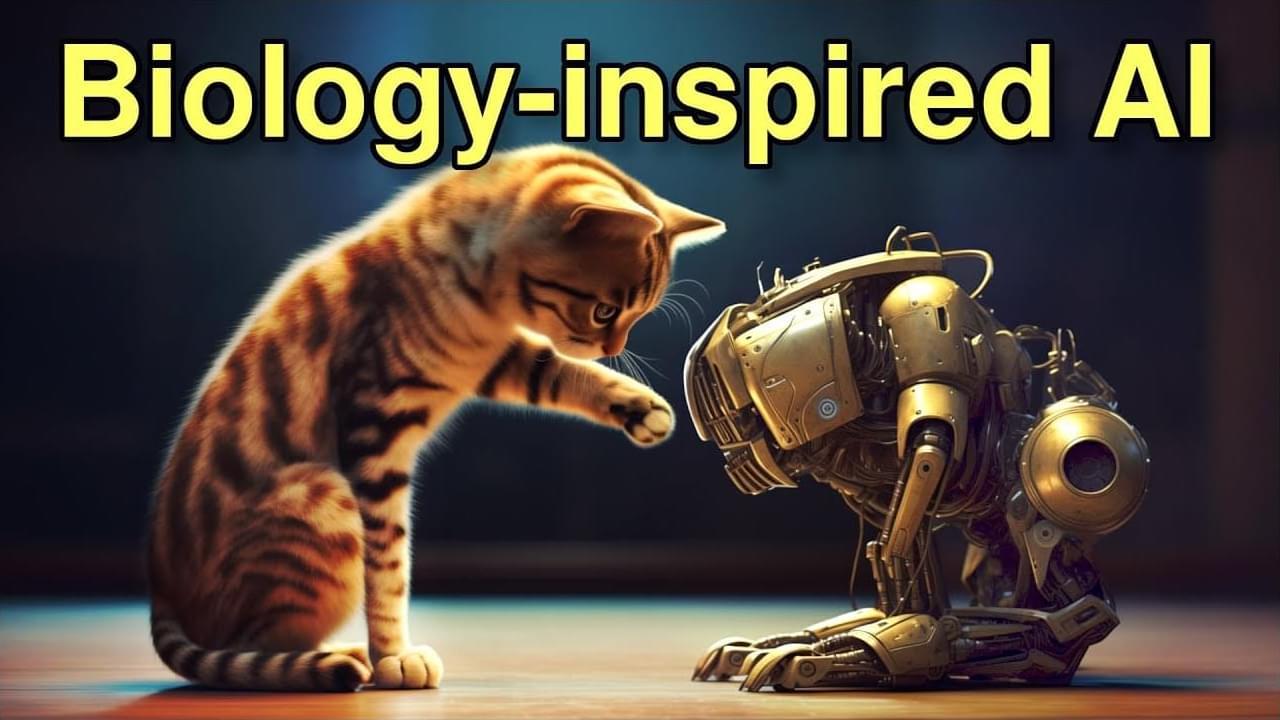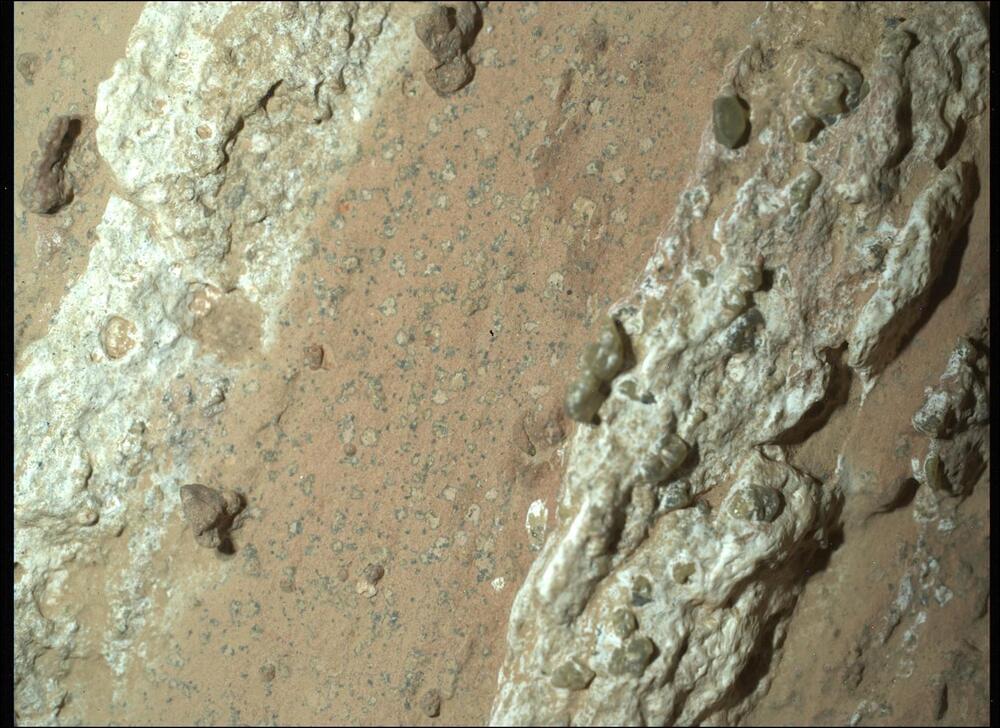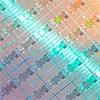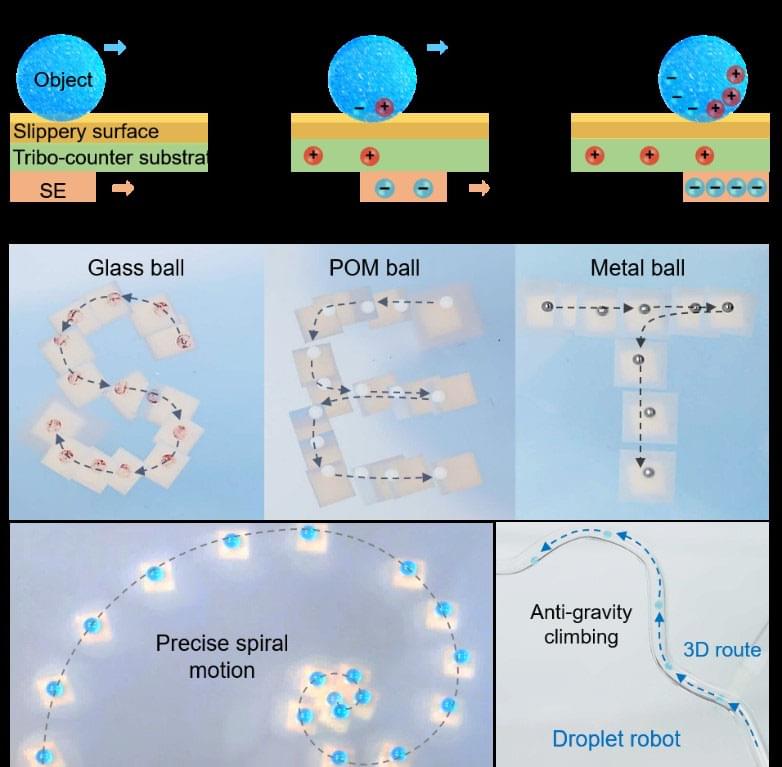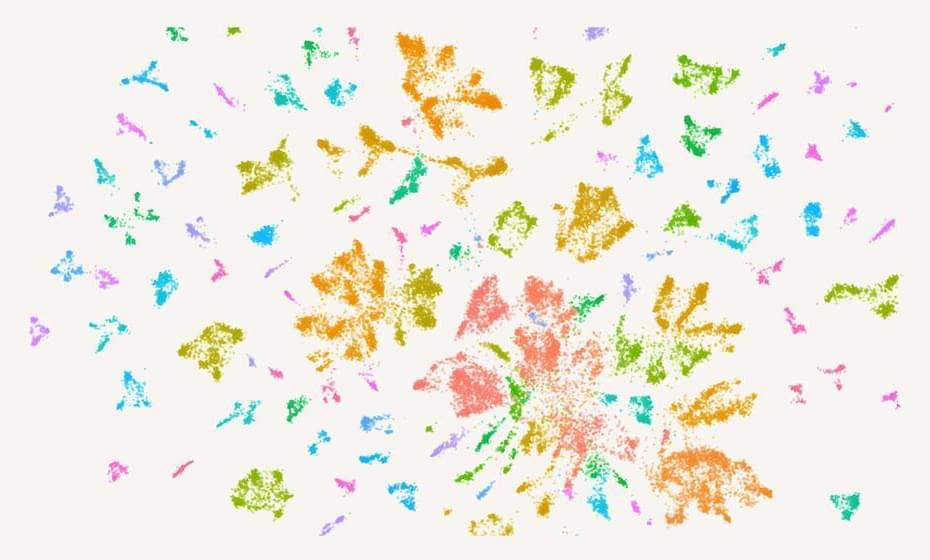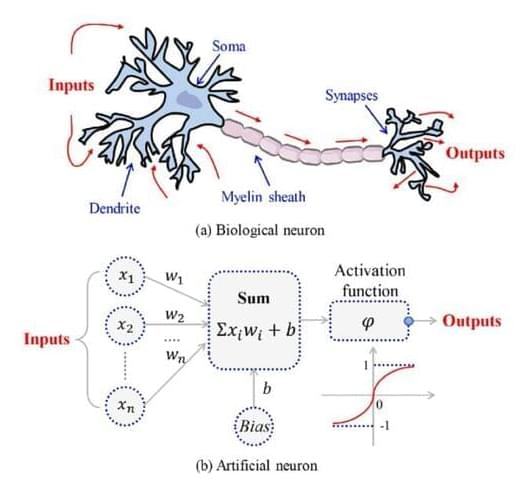Aug 5, 2024
Will neuromorphic computers accelerate AGI development?
Posted by Dan Breeden in categories: biological, robotics/AI, supercomputing
Neuromorphic computers are devices that try to achieve reasoning capability by emulating a human brain. They are a different type of computer architecture that copies the physical characteristics and design principles of biological nervous systems. Although neuromorphic computations can be emulated, it’s very inefficient for classical computers to simulate. Typically new hardware is required.
The first neuromorphic computer at the scale of a full human brain is about to come online. It’s called DeepSouth, and will be finished in April 2024 at Western Sydney University. This computer should enable new research into how our brain actually functions, potentially leading to breakthroughs in how AI is created.
Continue reading “Will neuromorphic computers accelerate AGI development?” »
